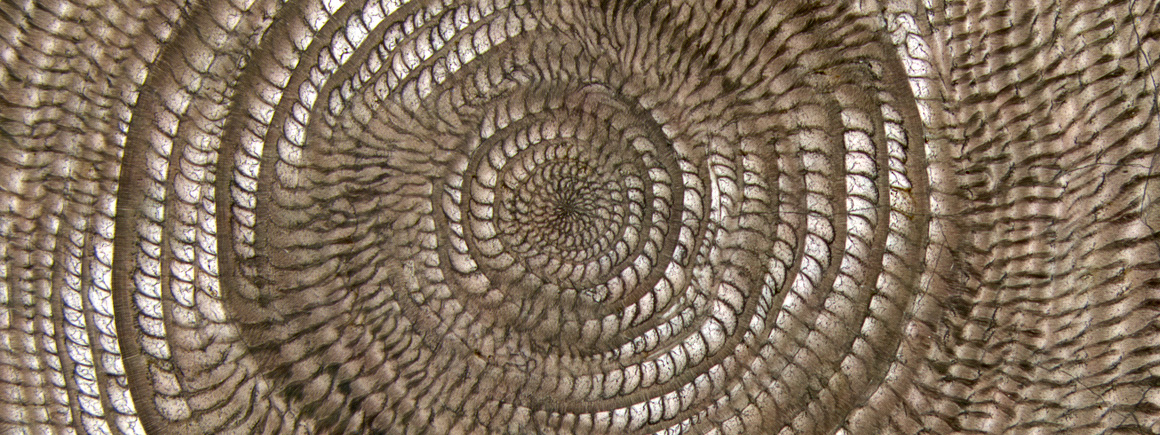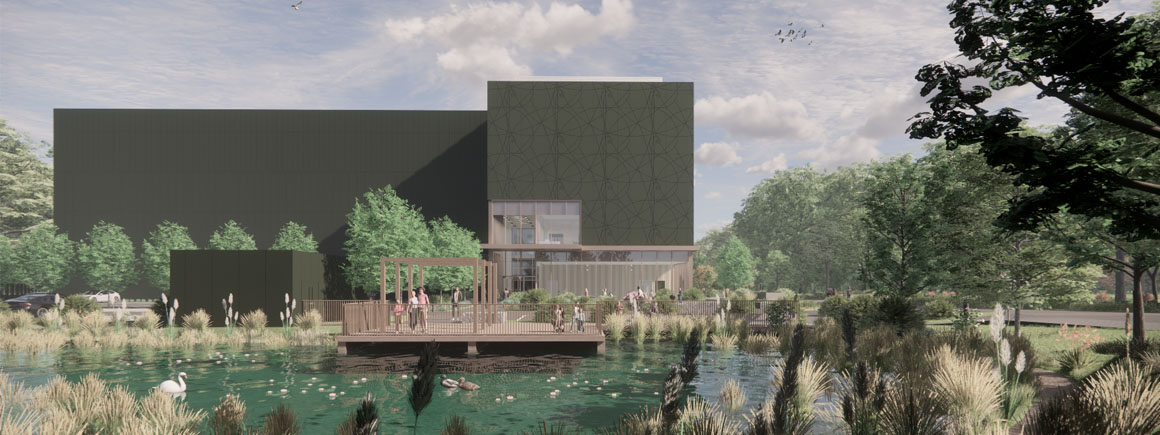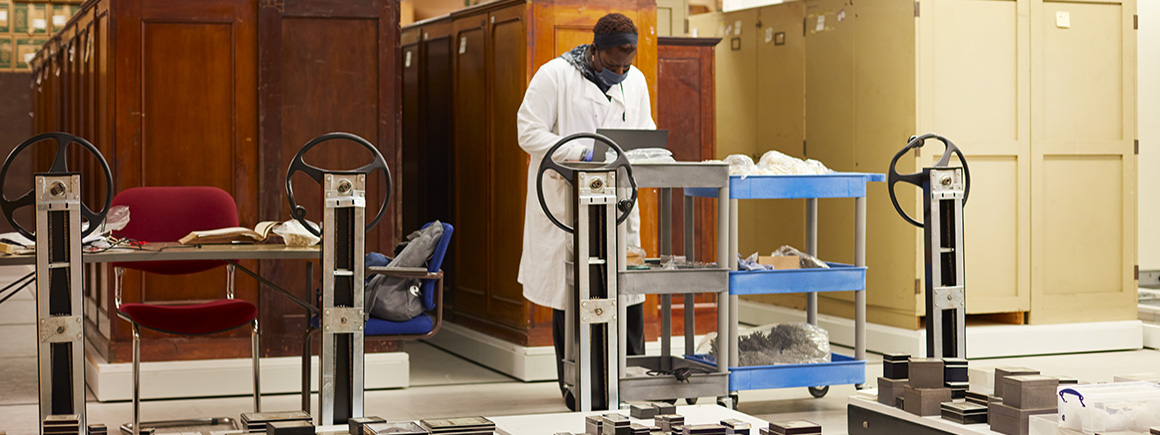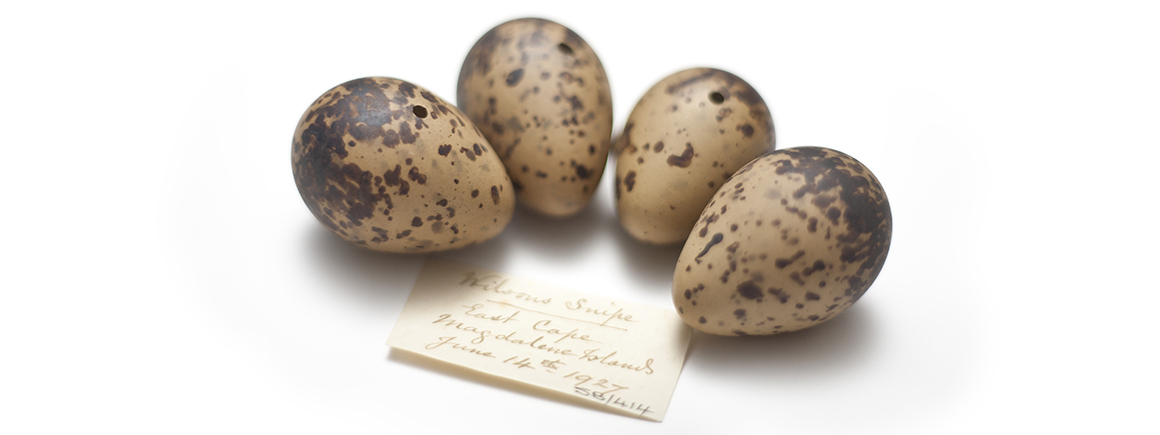Specimens
250,000

The tiny chambers of Nummullites gizehensis, once occupied by the animals, are sometimes filled with crude oil
250,000
6
The Museum has a strong tradition of foraminifera research dating back to the late 1800s.
As a result, the foraminifera collection - with approximately 250,000 slides - is the most extensive of our micropalaeontological collections.
The collections consist of both fossil and recent (living) specimens and contains a number of important sub-collections:
The HMS Challenger expedition (1872-1876) collected vast amounts of oceanographic data. The resulting collection is of historical and taxonomic importance for studying foraminifera.
The collection includes original samples dating back to the early period of the Industrial Revolution, providing a valuable resource for current and future research.
Contains the microfossil well-run samples from British Petroleum's exploration activities since the 1950s, including slides and residues from over 3,800 well and outcrop localities worldwide. The collection covers more than 120 countries.
The collection includes:
The collection includes:
These provide a unique opportunity to revisit numerous settings and evaluate changes in foraminifera abundance and diversity over time.
The former Iraq Petroleum Company (IPC) collection contains benthic foraminifera from the Middle East, covering the Palaeozoic, Mesozoic and Cenozoic eras.
The collection is particularly important for reconstructing environmental change and the geological history of the area.
The collections cover
The Henry Buckley collection of planktonic foraminifera contains material from around the world, and is a valuable resource for studying the effects of global change on recent foraminifera.
You can access the Henry Buckley collection data online via the Data Portal. Individual specimen entries, including images, can be found by searching within the Data Portal.
The collection contains 1,665 slides from 203 samples, as well as thin sections of ocean bottom deposits and sample washings from sample locations corresponding to the slide collection. It also contains approximately 10,000 scanning electron microscope micrographs.
The vast Heron-Allen collection contains 740 slides of foraminifera, including specimens from historic expeditions such as HMS Challenger and Terra Nova. A complete catalogue of the collection is available as an Excel spreadsheet.
The collection includes specimens from around the globe, collected between 1873 and the 1930s. Many notable research expeditions are represented, including:
The foraminifera collection is being digitised
If you would like to use any specimens for research
Jones RW (1994) The Challenger Foraminifera. Oxford University Press: Oxford, 150pp.
Holbourn A and Henderson A (in press) Paleobase: Deep-Sea Benthic Foraminifera. Blackwell Scientific: Oxford.
Buckley, H A, Johnson, L (1988) Late Pleistocene to Recent sediment deposition in the central and western Mediterranean. Deep Sea Research, 35(5), 749-766. doi:10.1016/0198-0149(88)90028-3
Shackleton, N J, Wiseman, J D H, Buckley H A (1973) Non-equilibrium isotopic fractionation between seawater and planktonic foraminiferal tests. Nature 242, 177-179. doi:10.1038/242177a0

Access to some collections will be affected as we prepare for the move to our new collections, science and digitisation centre.

Scientists and collections management specialists can visit the collections and borrow specimens for research.

Our duty is to provide a safe and secure environment for all of our collections.